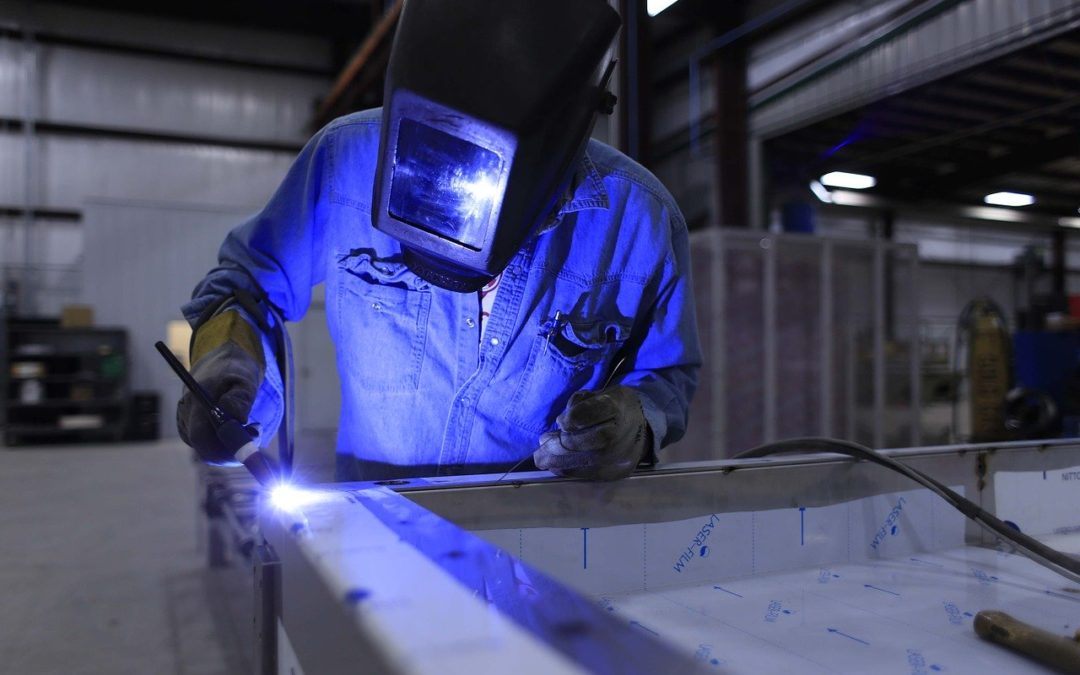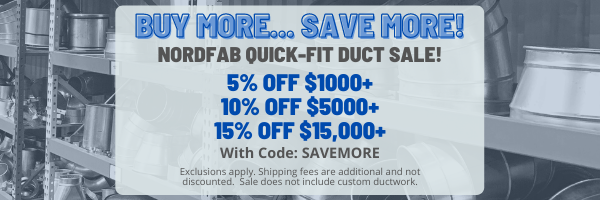Welding is an essential trade in many industries, including construction and manufacturing. However, with the various risks associated with welding, are you properly protecting yourself and your employees from these dangers?
Although some of these risks will always pose a threat, reducing these hazards are easier than you think!
Understanding the Risks
As with many things, most dangers and risks are avoidable if the proper precautions take place. Below we have listed some of the most common welding hazards and our recommendations on ways to reduce those dangers.
Fires and Explosions
To lessen the potential for fire and explosions while welding, be sure to inspect your entire work area before starting. Specific things to look out for are flammable materials that have potential to ignite if heated. If you are unsure if something if flammable, you should avoid any welding work until you can confirm if combustible or not.
Confirm there are no leaking fumes and check all gas lines and tanks – even small leaks can cause massive destruction. If there are flammable substances or materials within 30-35 feet of where you are welding, consider using a fire watcher. The fire watcher’s job is to keep a close eye on the flying sparks and are ready to act if any of the sparks ignite a fire. Once finished, the fire watcher should continue to monitor the area for an additional 30-60 minutes ensuring no smoldering occurs. If your work area is near flammable materials that cannot be moved, use a fire-resistant shield to reduce the risk of ignition.
Lastly, check for any lying dust in the area, as some types of dust can be high combustible. Inspect the welding surface, floors, nearby machines, walls and ceiling/rafters for dust buildup. If you notice dust, take time to perform the proper housekeeping procedures to clean the dust before you start your weld. Consider an industrial vacuum for a quick and effective cleaning method, we recommend the Vac-U-Max Model 55, found here. Additional combustible dust precautions and cleaning methods can be found on our previous post, How To Properly Manage Combustible Dust.
Burn Injuries
Burn injuries are another major concern while welding. To reduce the possibility of burns, be sure to follow these tips from the American Welding Society.
- Ensure your clothing, caps and gloves are flame-resistant and oil-free
- Wear a welding helmet that protects your face, neck and ears. Ensure your helmet is approved by the American National Standards Institute.
- Wear a head covering under your helmet
- Do not wear clothing with open pockets or cuffs, as these can trap molten metal or sparks
- Wear safety glasses under your helmet to guarantee top protection
- Check over all clothing, gloves, aprons and shoes for any holes
- Choose high quality, steel toed, high top boots
- If you have long hair, be sure to tie back your hair under your head cover
- To prevent sparks getting in the ears, wear flame resistant earmuffs or earplugs
- For extra protection while heavy welding, use sheet metal screens
Health Risks
Welding emits harmful vapors that can cause dizziness, nausea, as well as eye, nose and throat irritation if ingested. More seriously, you could later develop stomach ulcers, kidney damage, as well as various types of cancer. By limiting your exposure to welding fumes, your chances of developing these risks reduce drastically.
- Position yourself to avoid breathing in the fumes and gasses
- Routinely clean your welding surfaces of any coatings that could create toxic exposure
- If welding in a confined space, make sure there is proper ventilation that meets OSHA regulations
- Respiratory protection should be considered, and is necessary if your ventilation does not reduce exposure levels
- Use local exhaust ventilation to remove fumes and gases from your breathing zone
- General ventilation can reduce overall fume and gas levels in your work area through the forced movement of fresh air
Recommended Safety Equipment
To properly extract welding fumes and keep you safe from ingesting the harmful vapors, we recommend the below equipment.
Portable Fume Extractors give you the flexibility of using the machine in large or confined spaces, without jeopardizing your work. Easy to clean and maintain, these systems are perfect if you are looking for flexibility in your workplace. From mini vacuum fume extractors to large dual arm extractors, there is sure to be an option right for you.
Downdraft Tables are designed to pull the smoke and fine dust of welding down into a cartridge filtration system. This method keeps the welder’s breathing area clear from any harmful fumes. In addition, they include built in spark detection and suppression systems to reduce the chance of fires. Most downdraft tables are built to order and designed especially for the metalworking industry.
Downdraft Booths are similar to downdraft tables; however, these booths include a 48″ high back and sides. These walls are ideal for capturing and containing all dust, fumes and over spray. In addition to welding, downdraft booths are great for spray painting, plasma cutting and grinding containment.
_________________________________
If you have any questions, or would like additional information on any of the areas above, please contact us today!
[email protected] | 616-772-5957


